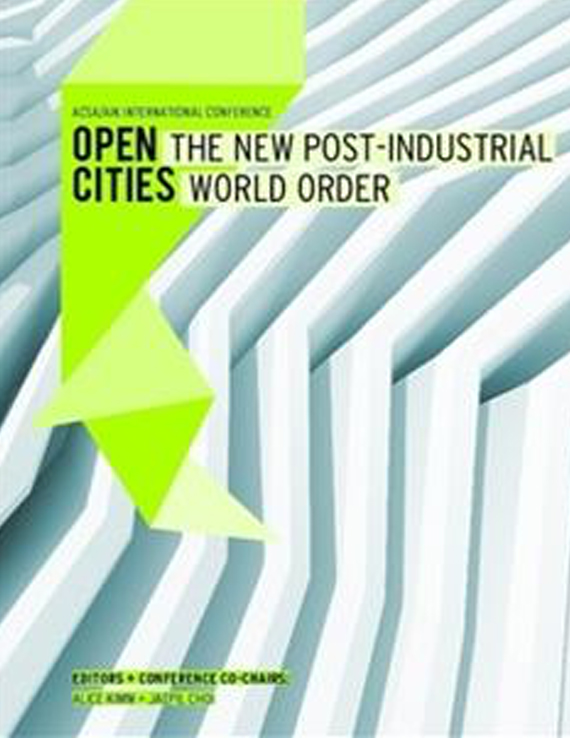Author(s): Thom Faulders
With the the far-reaching influences of shared resources, commerce, technology,and media, the 21st century city is becoming homogenized into an internationalarray of self-similar hubs. Major metropolitan areas in both existing and developingcities scale-up rapidly via this internationally shared network of imported design,building trades, and global capital. However, rather than reinforcing distinctgeographic differences and variations, the open city of today is in danger of generatingreplicating bland icons of tomorrow through these very flows of exchange.In light of new building technologies combined with environmental innovations,this paper explores other potentials for localized building processes. This researchis founded upon a speculative architecture that is “grown” into place: a bottom-uparchitectural paradigm wherein its building components are grown rather thanconstructed; is in continual formation rather than fully completed; and is createdlocally rather than imported from afar. Radical authenticity can transformuntapped regional resources in unexpected ways, creating an open city that is nativelyinformed.Founded in western Asia, Dubai is best known for its imported architecture andfast-paced expansion, yet these factors challenge its identity for regional urbanism.Paradoxically, the city is situated in one of the most unique natural environmentson earth: the world’s highest salinity for oceanic seawaters is found in thecity’s adjacent Persian Gulf. Typical salt content for most oceans is 3.5 parts perthousand – uniquely the Persian Gulf is concentrated at nearly 40 parts per thousand.Dubai’s coastal sabkah plains are salt flats created through extreme temperatureand humidity, and combined with high water salinity from the gulf, makeDubai unique in its ability to merge sabkha to city.The proposed process is a new kind of architecture for the open city. With 170meter tall tectonic mesh and an exposed membrane skin, the vertical planes ofthe highly visible tower are continually misted with Persian Gulf salt water via anexternal vascular water system. As the water evaporates and salt mineral depositsaggregate over time, the tower’s appearance transforms from a transparentpresence to a vibrant white naturally formed solidity. The non-stop results form acontinual growth of salt crystal deposits upon its vast and highly visible surfaces,and provides an identifiable architectural icon for the city, a specialized habitat forwildlife that thrives is this specialized environment, and an authentic architecturegrown into place.The author was invited to present selections of this research at the IQPC InternationalTall Buildings Conference in Singapore in October, 2013, a professionalconference for architects, developers, and engineers building high rise towersthroughout Asia. In addition the author exhibited new 3-d printed crystalline representationsin the 9th ARCHILAB: Naturalizing Architecture international exhibitionat the FRAC Centre in Orleans, France. Curated by Marie-Ange Brayer, Directorof FRAC Centre, and Frederic Migayrou, Deputy Director of the Centre Pompidou,the exhibition is a renowned international laboratory for advancing new researchin architecture. Select drawings and tests from this project were acquired into thepermanent FRAC Centre collection.
Volume Editors
Alice Kimm & Jaepil Choi
ISBN
978-0-935502-91-6

 Study Architecture
Study Architecture  ProPEL
ProPEL 
